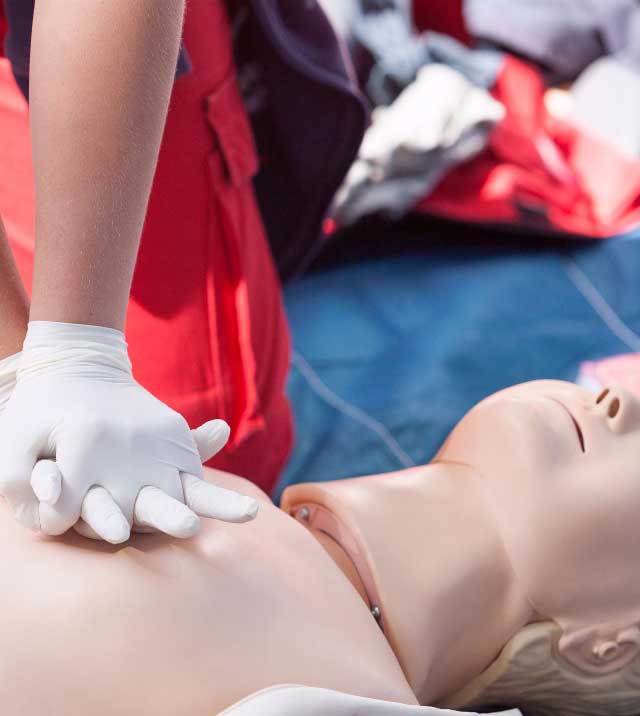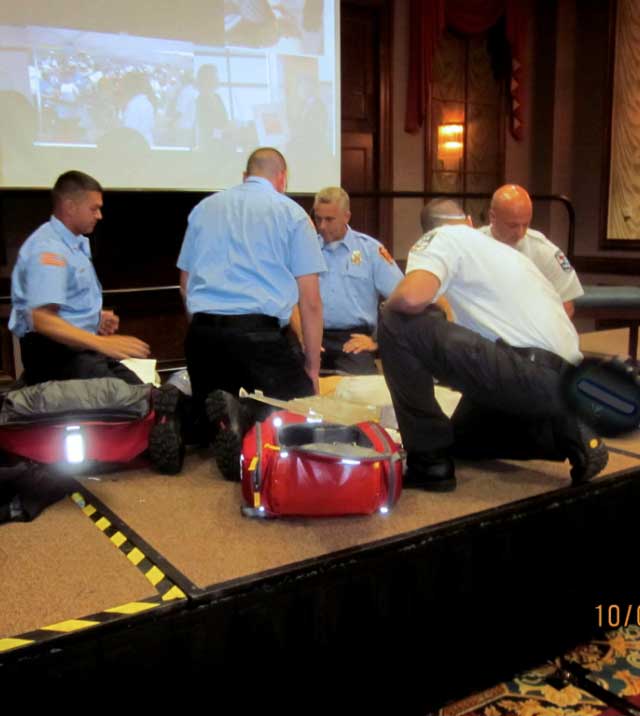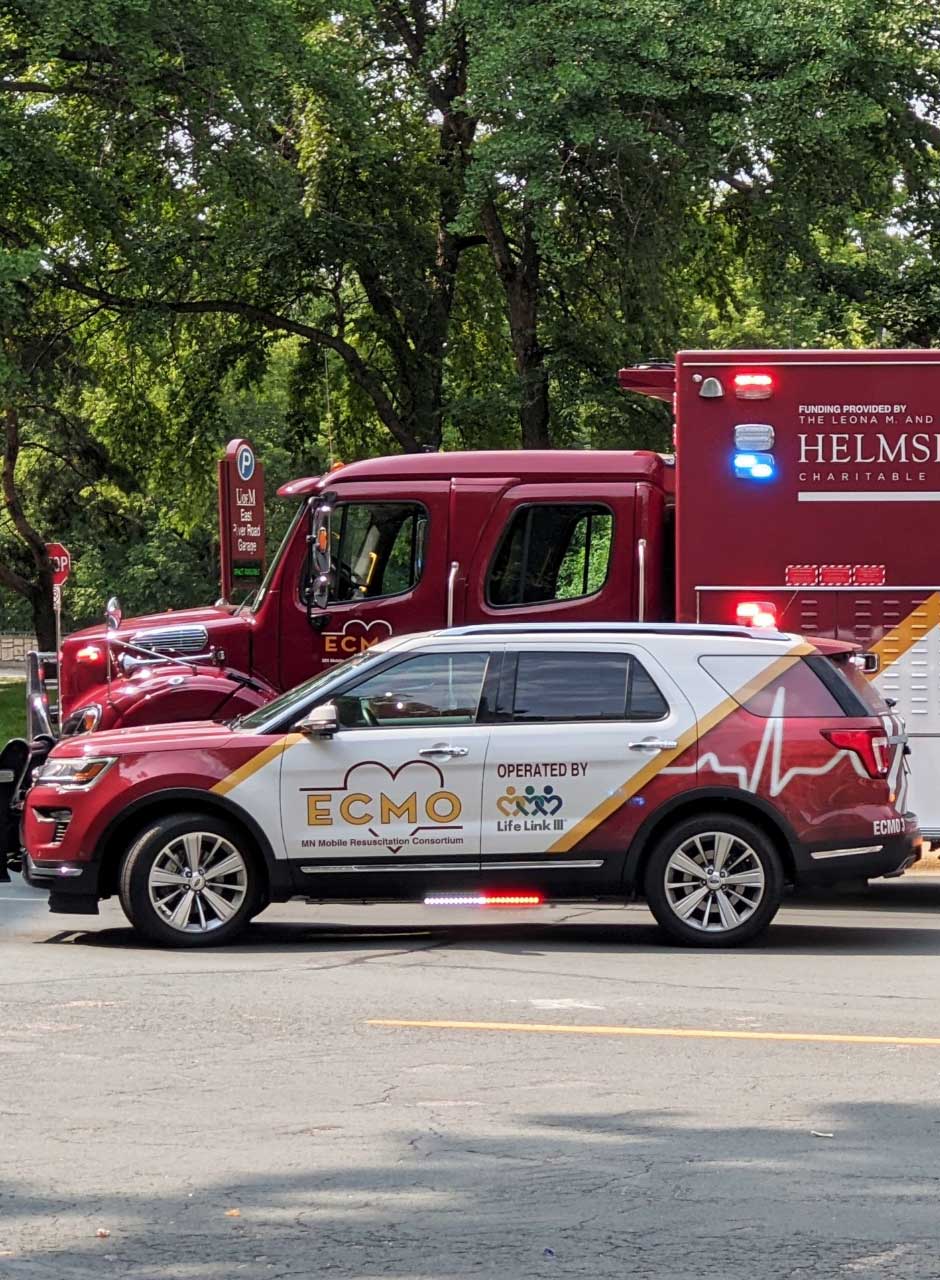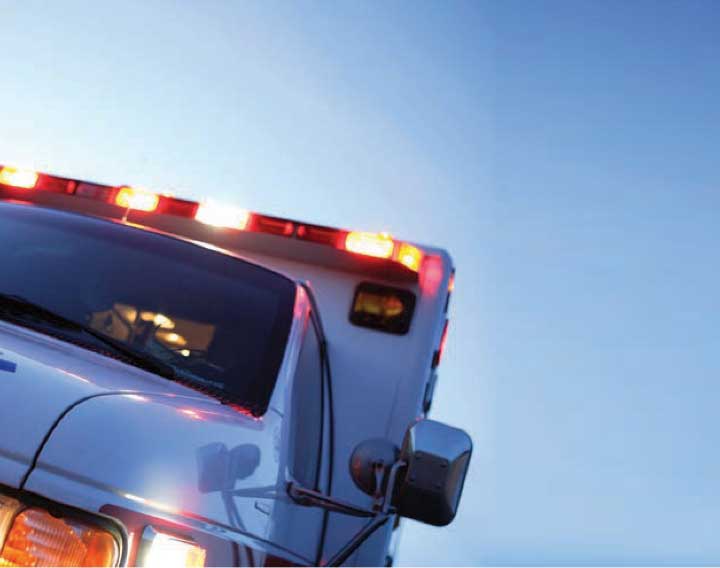When sudden cardiac arrest (SCA) occurs, the clock starts ticking. Without a swift, coordinated set of actions, SCA can quickly lead to death. The “chain of survival” relies on the efforts of bystanders, telecommunicators, public safety, EMS providers and hospital personnel.
But it is even more than that. It takes a system to save a victim. Community support and leadership enable a coordinated response so the chain of survival can act together to save lives.
The national SCA survival rate is less than 12 percent, but in some communities that number is up to three times higher.
Survival is possible.
In 2011, the Medtronic Foundation recognized this and seized the opportunity to make a difference through the development of the HeartRescue Project. HeartRescue supports communities of all shapes and sizes to raise SCA survival rates by developing and expanding community response systems.
The HeartRescue Project and its partners have worked tirelessly to translate science into coordinated community programs and action; measure and improve; and collaborate to make change.
Saving lives from SCA since 2011, HeartRescue and its partners are shaping the future of resuscitation – to ensure the beat goes on.































